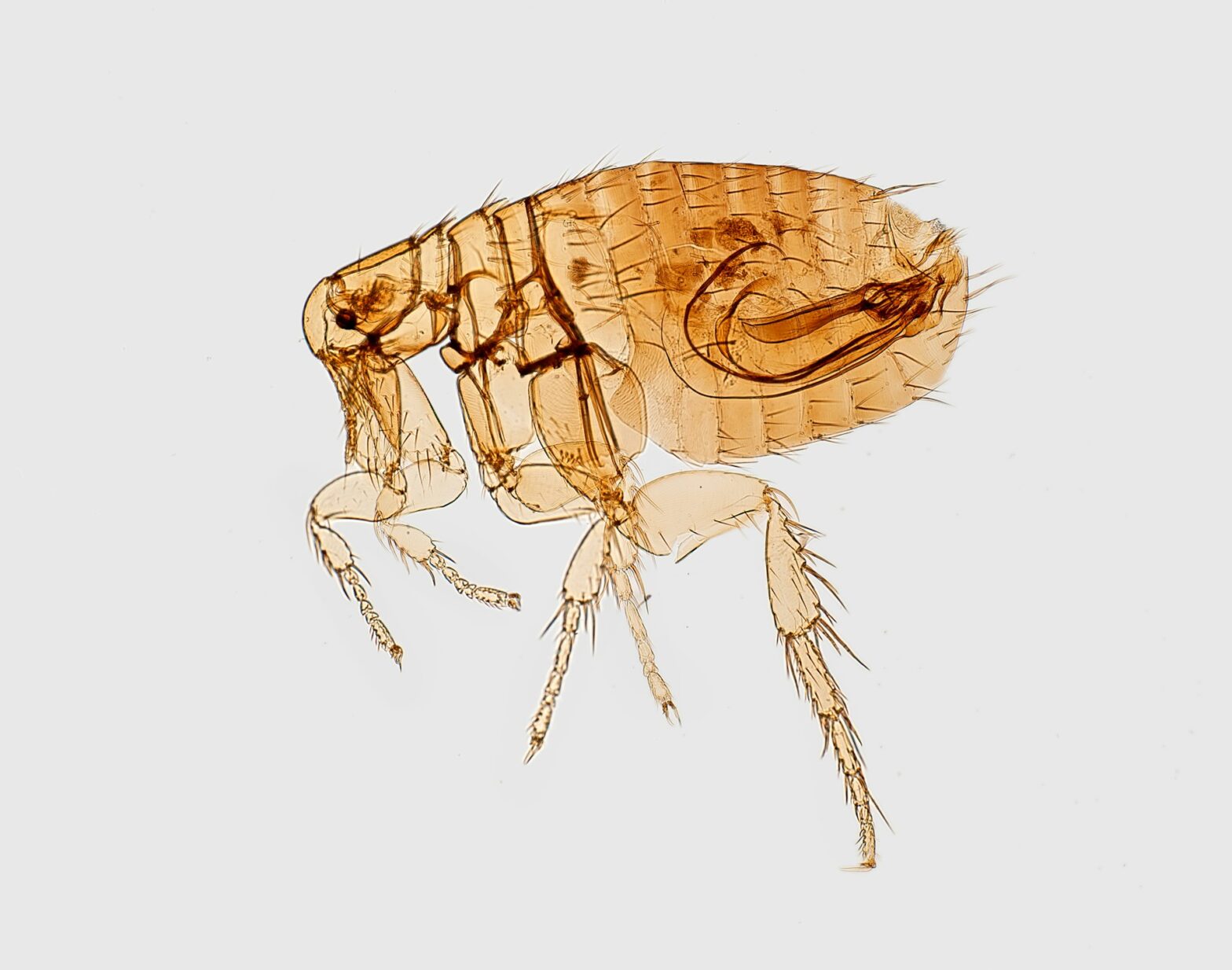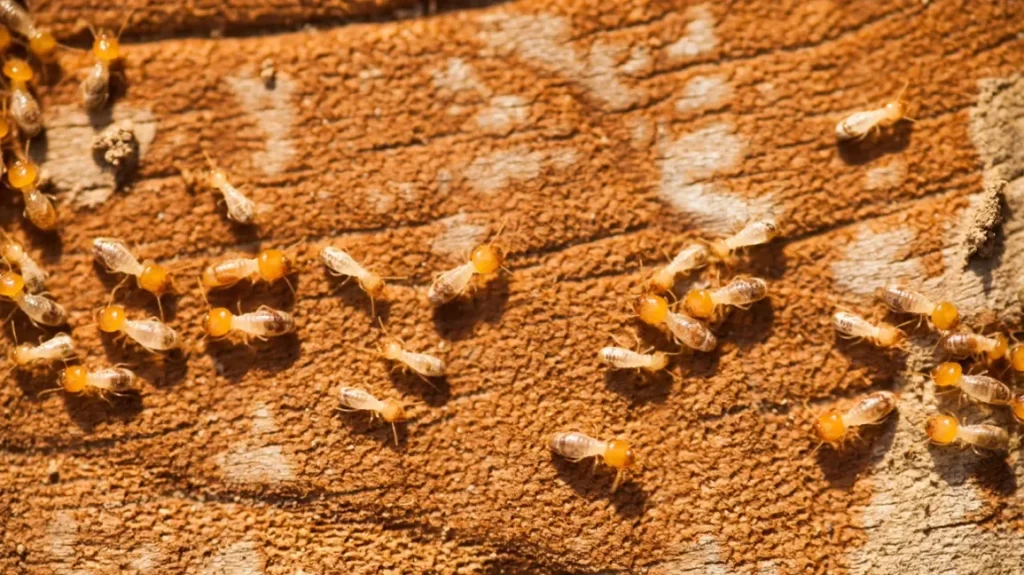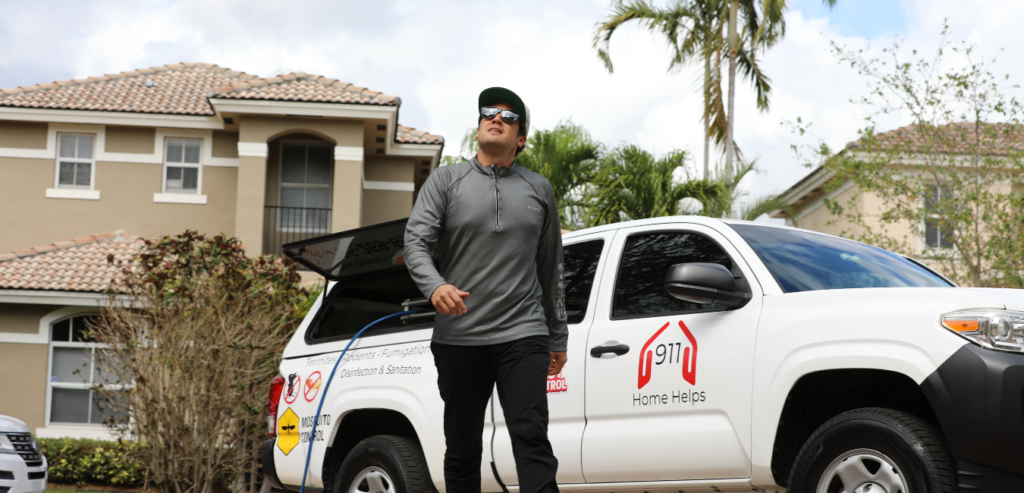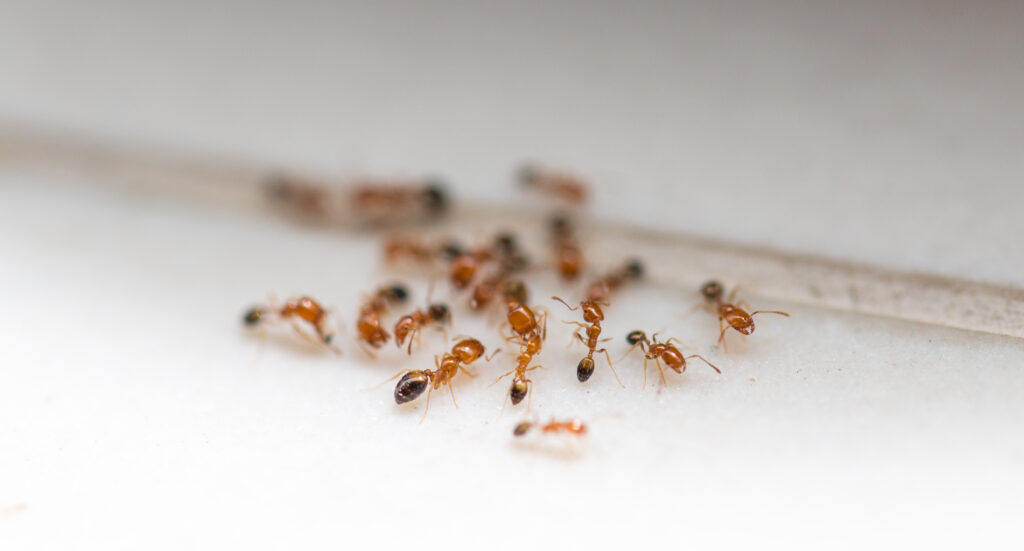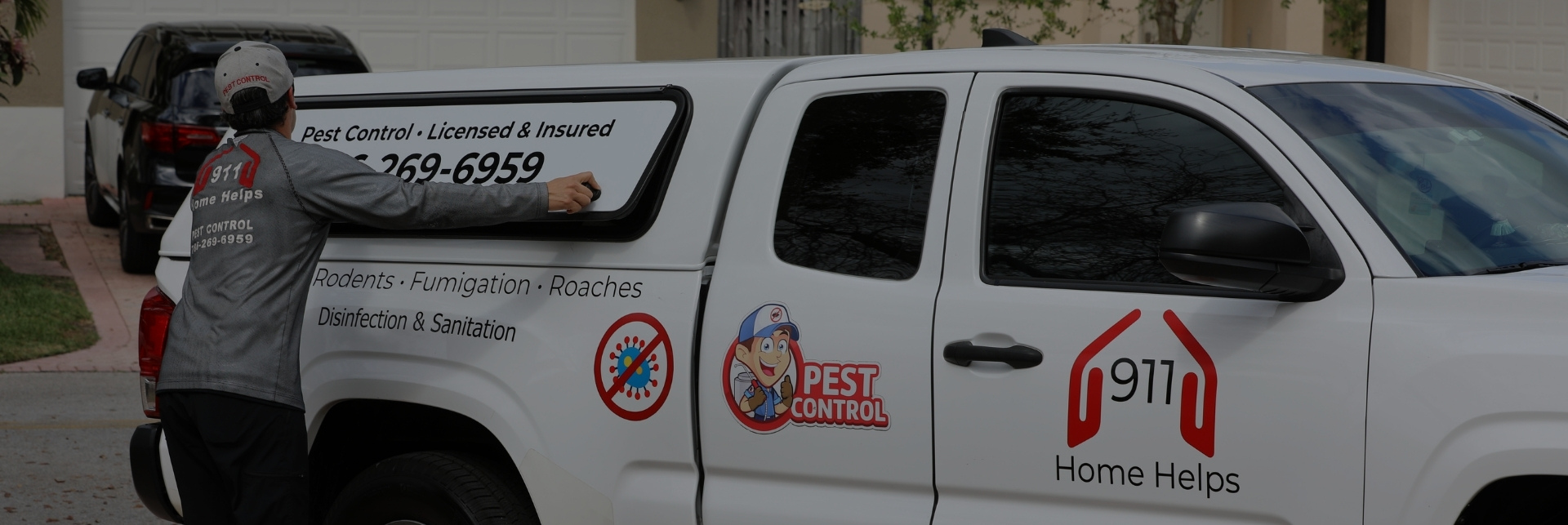
Spring: A Surge of Pest Movement
Springtime in Florida brings higher temperatures and increased rainfall, creating perfect conditions for pest activity to rebound after winter. This season is often when residents begin to notice more movement indoors and around their property.
Key pests active in spring:
- Ants: Colonies begin expanding, and worker ants invade homes in search of food and water. These intrusions often start small and become widespread if left unaddressed. Review these relevant ant infestation signs to recognize early entry points.
- Termites: Spring marks the start of the swarming season for subterranean termites. Winged termites may appear indoors or near windows, indicating a nearby colony.
- Mosquitoes: Standing water in gutters, containers, and yard debris creates breeding sites, leading to a sharp rise in mosquito activity.
Professional inspection during this season helps catch infestations before they expand. Spring is the time to implement a preventive strategy rather than reacting to pests after they’ve settled in.
Summer: High Heat, Higher Pest Pressure
Summer is Florida’s most active season for pests. With intense heat and near-daily thunderstorms, many pests look to move indoors for shelter and resources. Increased human activity, like outdoor dining and open doors, also makes this season a hotspot for infestations.
Summer pests to expect:
- Roaches: Roaches thrive in warm, humid conditions and often migrate into kitchens, bathrooms, and basements.
- Fleas: Active flea populations affect both pets and humans, especially in shaded yards or carpeted indoor spaces.
- Flies: Houseflies and drain flies become a constant nuisance during summer, drawn to food waste and standing water.
To prepare:
- Keep doors and windows tightly sealed
- Store pet food securely and vacuum regularly
- Remove standing water sources around the property
Despite good sanitation habits, many summer pests find creative ways to enter and hide. Regular maintenance guided by experts can prevent larger outbreaks during this high-risk period.
Fall: Pests Seeking Shelter
While Florida doesn’t experience a dramatic temperature drop in fall, the slight seasonal change still affects pest behavior. As outdoor conditions become less favorable, pests start moving indoors to escape the elements and find food.
Increased indoor activity includes:
- Rodents: Cooler nights drive rats and mice indoors. They often nest in attics, wall voids, or behind appliances, where they reproduce quickly.
- Bed Bugs: Fall travel increases the risk of bed bugs hitching rides into homes on luggage, clothing, and furniture. Infestations often go unnoticed until they spread.
- Ants (again): Persistent colonies may remain active throughout fall, particularly in areas with food residue or moisture buildup.
Fall is the ideal time for sealing gaps, inspecting attics and crawlspaces, and having professionals monitor hotspots. Skipping this step can lead to winter problems that are harder to detect and treat.
Winter: Silent but Still Present
Florida’s winters are relatively mild, but that doesn’t mean pest activity stops. In fact, many infestations continue silently throughout this season, especially when pests have already established harborage indoors.
Winter pests to watch for:
- Termites: While not visibly swarming, termites can continue causing structural damage undetected. Reviewing these early warning signs can help identify hidden issues.
- Rodents: Once inside, rodent activity continues year-round. They often contaminate food sources and damage insulation and wiring.
- Roaches: Particularly German roaches, which stay active in humid indoor zones like kitchens, bathrooms, and laundry areas.
During winter:
- Limit moisture near appliances and plumbing
- Avoid clutter in garages and under sinks
- Schedule a mid-winter pest inspection
Winter is often when infestations worsen quietly. Preventive action, even when pests are less visible, is critical for long-term control.
Year-Round Strategy for a Pest-Free Home
Though each season has its pest-specific challenges, Florida homes need protection twelve months a year. Understanding seasonal pest behavior helps, but it’s the consistency of professional monitoring and treatment that truly protects your home.
Experts apply treatments that are tailored to Florida’s unique conditions, from barrier sprays and baiting systems to moisture management and rodent-proofing. Pest populations are influenced by environmental factors, and without ongoing adaptation, even the most secure homes can experience a resurgence.
Relying on over-the-counter sprays or internet remedies often delays effective treatment and allows infestations to grow unnoticed. Long-term defense requires knowledge of pest biology, home vulnerabilities, and patterns of reinfestation that only trained professionals can deliver.
Let’s Talk About Your Florida Home
Want your home to stay protected all year? Reach out to 911 Home Helps for expert assistance tailored to Florida’s unique pest conditions.

